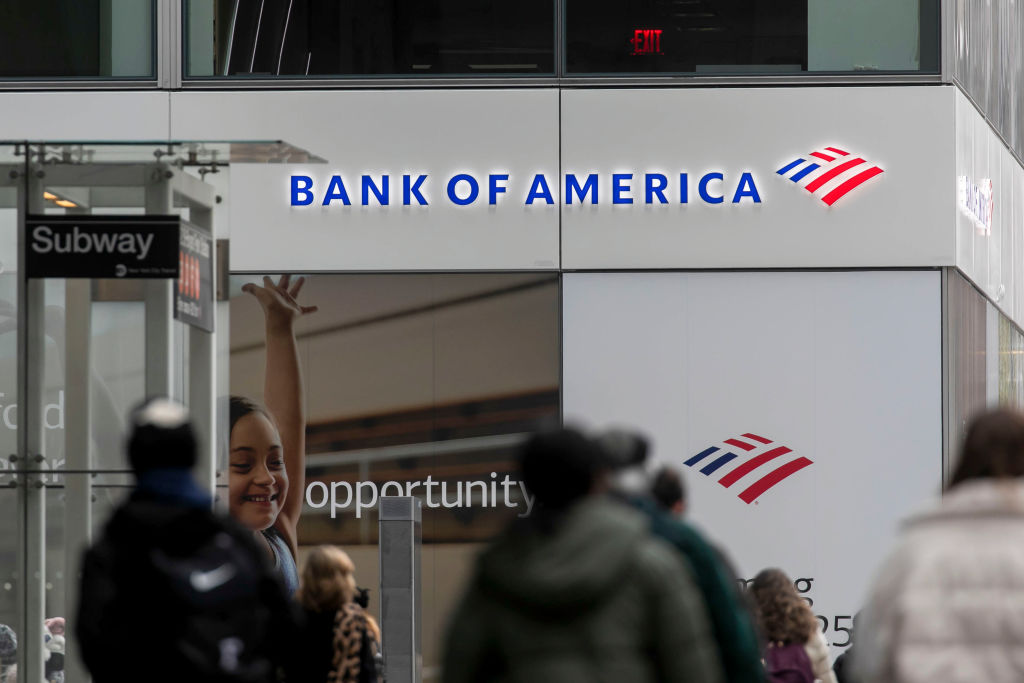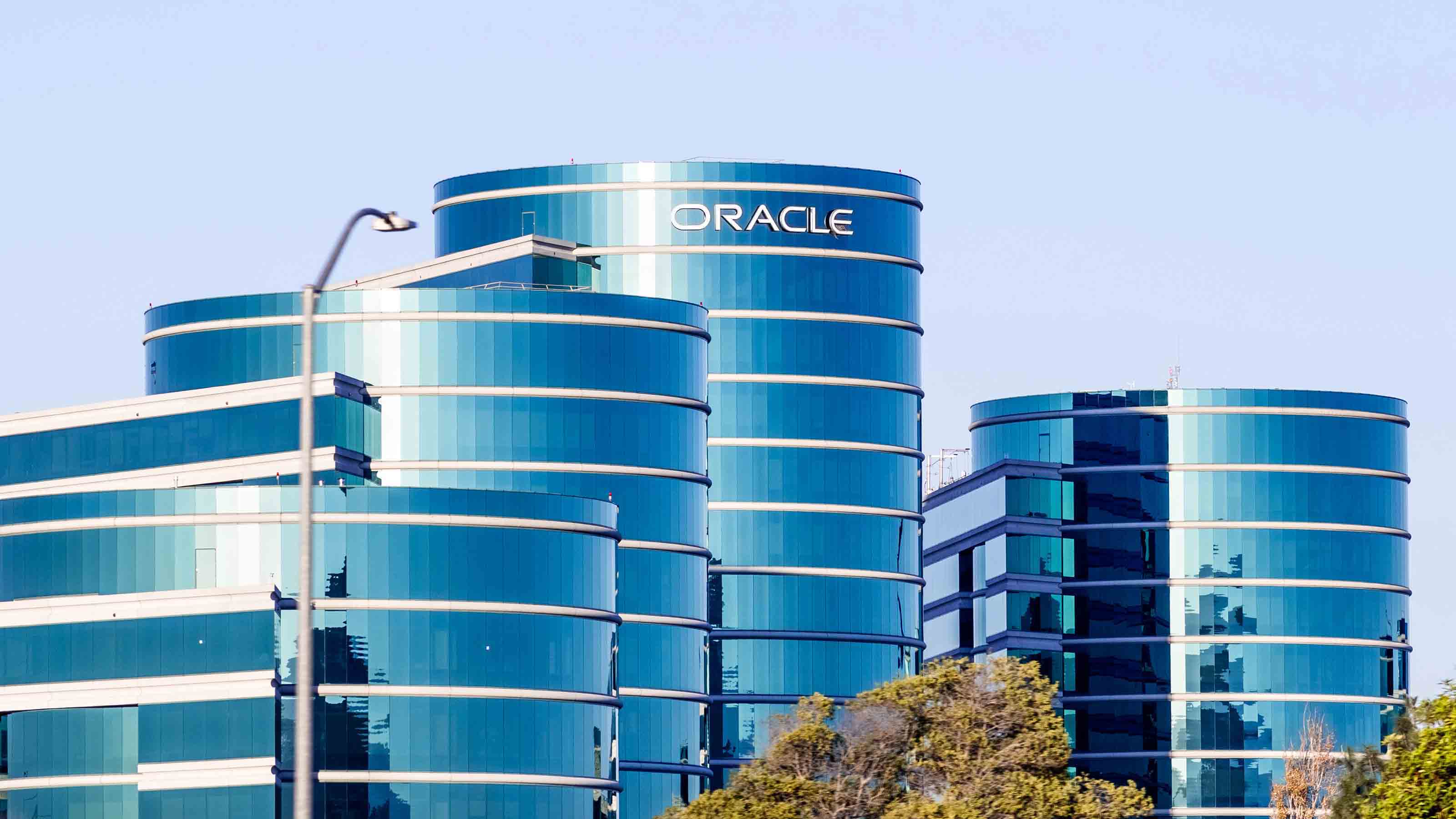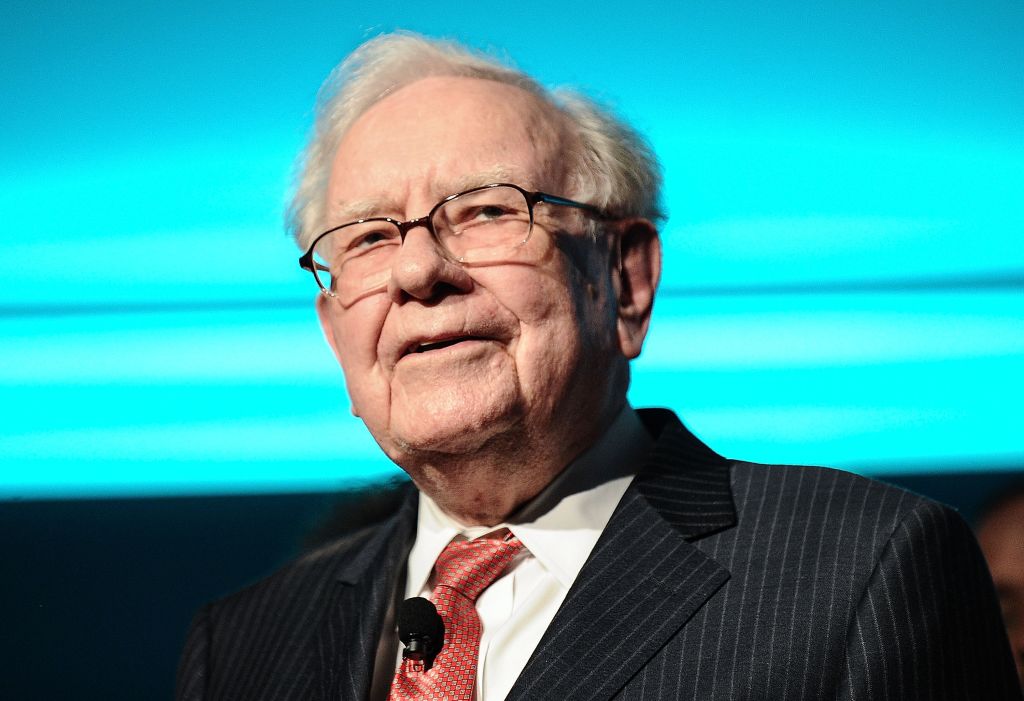Are Tech Stocks Nearing Another Bubble Burst?
Don’t buy the chorus of "This time is different."


Forgive me if today’s stock market makes me feel a bit like Rip Van Winkle. Maybe, like Rip, I’ve been asleep since early 2000, which marked the peak of one of the biggest bull markets ever.
Consider today’s initial public offering (IPO) market. It’s on fire, with new multibillion-dollar tech stocks going public at a stratospheric valuation virtually every week. Uber Technologies (UBER). Lyft Inc. (LYFT). Pinterest (PINS). At the current rate, the dollar value of IPOs seems set to top the $97 billion 1999 record. What’s even more worrisome: Many of the most popular IPOs (such as Uber and Lyft) went public despite losing money hand over fist.
Then there are the FANG tech stocks: Facebook (FB), Apple (AAPL), Netflix (NFLX) and Google parent Alphabet (GOOGL). This handful of stocks comprises fully 10% of Standard & Poor’s 500-stock index market capitalization. And the forward price-to-earnings ratio on the FANG stocks, on average, is a staggering 49.6, according to Yardeni research.
From just $107.88 $24.99 for Kiplinger Personal Finance
Become a smarter, better informed investor. Subscribe from just $107.88 $24.99, plus get up to 4 Special Issues

Sign up for Kiplinger’s Free Newsletters
Profit and prosper with the best of expert advice on investing, taxes, retirement, personal finance and more - straight to your e-mail.
Profit and prosper with the best of expert advice - straight to your e-mail.
This all sounds way too familiar to anyone who lived through the 2000-02 tech meltdown — the worst bear market since the Great Depression of the 1930s. The S&P 500 tumbled 47.4% and the tech-laden Nasdaq 100 lost 82.3%. Of course, that bear market was soon surpassed by the 2007-09 bear, which clawed 55.3% off the value of the S&P and helped trigger the Great Recession.
As inflated as the FANG stock prices may be today, tech stocks got much, much pricier in the late 1990s and early 2000 when many highfliers had no earnings and some had no revenues. What’s more, we’re not seeing anything like the euphoria we witnessed around tech stocks in the late 1990s when many people quit their jobs to become day traders, helping to inflate a historic speculative bubble.
A Pile of Problems
As the saying goes, “History doesn’t repeat itself, but it often rhymes.” What we’re seeing today, in my view, is an echo of the tech bubble of the late 1990s – a rhyme. And it’s not music to my ears.
I’m hearing otherwise apparently savvy market mavens speak the four most dangerous words in investing: “This time is different.”
And here’s another fascinating blast from the past: Many of the fund managers who put up terrific numbers in the late 1990s, only to crash and burn in the 2000-02 meltdown, are back at the helm of mutual funds and other investment vehicles (or never left) – and not doing badly in the current market.
I had thought these fellows would have found another line of work. But I was browsing investment headlines the other day when I stumbled across several familiar names.
Consider:
- Ryan Jacob, a young internet-stock phenom, launched his own fund, Jacob Internet Fund (JAMFX), in late 1999. Jacob still runs the fund – and it has returned an annualized 11.7% over the past 15 years. But if you had bought it when it launched and held it through July 8, you would have lost a cumulative 13.9%. That’s thanks in large part to a breathtaking 95.8% loss during the 2000-02 bear market. (All returns in this article are through July 8 unless otherwise indicated.)
- Garrett Van Wagoner, former manager of Van Wagoner Emerging Growth, steered the fund to a magnificent return of 291% in 1999 – higher than any other mutual fund. But from its 1995 launch through 2008, when Van Wagoner stepped down, it lost an annualized 7.8%, or a cumulative 62.3%. During his last 10 years at the helm, the fund posted some of the worst returns among actively managed stock mutual funds. Van Wagoner now runs a corporate venture capital fund, VW Ventures.
- Kevin Landis ran several technology funds that soared during the Internet boom years but did terribly in the Internet bust years. Over the past 10 years, Firsthand Technology Opportunities (TEFQX) has returned a stellar annualized 20.0%. However, since inception in late September 1999 through July 8, the fund has only returned an annualized 4.0%, or a cumulative 115.7%. You can thank a 91.5% tumble during the 2000-02 bear market for that.
The renewed success of these managers is just one of the things that worries me about today’s stock market. The same type of fast-growing, overvalued stocks are leading the market higher now as did before the 2000-02 tech meltdown.
Among the other problems:
- The yield curve is inverted. In other words, many long-term Treasury bonds are paying even smaller yields than short-term Treasuries. That’s irrational unless, of course, the bond market knows something that stock investors don’t: That the stock market and the economy are headed for trouble, and that yields on long-term bonds will continue to fall in the coming years. Inverted yield curves have predicted each of the past seven recessions, giving just one false signal in 1966. The lead time to a recession has varied from five to 16 months, says James Stack, editor of InvesTech Research.
- Yields on many European government bonds are negative, a situation that defies comprehension. Why would anyone in their right mind pay a bond issuer to hold their money?
- Central bankers around the world are pumping trillions of dollars into the bond market in a mostly vain effort to stoke inflation and trigger a tiny bit of growth in their economies.
- Non-financial business debt is at levels only seen once before – during the 2007-09 Great Recession. Worse still, debt from companies with high debt-to-EBITDA ratios makes up more of the debt market “than at any other time in recent history,” Stack writes.
- Plus, of course, there are new problems – most worrisome the on-again, off-again trade wars between the White House and the nation’s largest trading partners. Of these, the tug of war with China is an especially big concern both because China doesn’t play fair with its trading partners, which makes a deadlock much more likely between the world’s No. 1 and No. 2 largest economies.
Then there’s the market itself. From the news reports, it sounds like it’s going straight up. But it’s been more like a roller coaster, ending up very close to where it started. From Jan. 26, 2018, through July 15 of this year, the price return of Standard & Poor’s 500-stock index has been a piddly 4.9%. Throw in dividends, we’re up 8%. The rally doesn’t feel as red-hot when you consider that, does it?
What’s more, the average stock in the U.S. is actually in the red during that period. It’s the big growth stocks, particularly tech stocks, that have carried the market higher. All of these factors – including the ascendance of tech and other growth stocks and the poor performance of smaller stocks and undervalued stocks – were hallmarks of the late 1990s bull market.
What Should Investors Do?
No, you don’t sell everything. You never sell everything. That’s because all the wise guys prognosticating about the future direction of the market, including me, are often wrong – even if rarely in doubt.
Late last year, I advised cutting back on your stock allocation by 5% or 10%. That money belongs in high-quality bonds or bond funds, which are likely to do well if the stock market does crater.
Be especially careful of some of today’s hot stocks, especially in technology. The excitement over tech stocks today is nowhere near as insane as attitudes got in late 1999 and early 2000. But valuations of many tech stocks are way too high, in my view. The S&P technology sector is trading at nearly 20 times analysts’ forward earnings estimates. It’s past time to sell some of these highfliers. By contrast, the S&P 500’s P/E is 17. That’s high, but not nutty.
In 2000-02, as awful as the bear market was, investors who shunned tech stocks and funds and instead put their money into statistically cheap, undervalued stocks, as well as emerging markets and real estate investment trusts (REITs) – all of which had lagged badly in the bull market – did quite well in the bear market. Tilting toward some of those areas might well pay off well in the next bear market.
But bottom line, it’s a worrisome market. Tread carefully.
Steve Goldberg is an investment adviser in the Washington, D.C., area.
Profit and prosper with the best of Kiplinger's advice on investing, taxes, retirement, personal finance and much more. Delivered daily. Enter your email in the box and click Sign Me Up.

-
 Ask the Editor: Itemized Deductions
Ask the Editor: Itemized DeductionsAsk the Editor In this week's Ask the Editor Q&A, Joy Taylor answers questions on itemized deductions claimed on Schedule A of Form 1040
-
 9 Types of Insurance You Don't Need
9 Types of Insurance You Don't NeedFinancial Planning If you're paying for these types of insurance, you may be wasting your money. Here's what you need to know.
-
 Are You Putting Yourself Last? The Cost Could Be Your Retirement
Are You Putting Yourself Last? The Cost Could Be Your RetirementIf you're part of the sandwich generation, it's critical that you don't let the needs of your aging parents come at the expense of your future.
-
 If You'd Put $1,000 Into Coca-Cola Stock 20 Years Ago, Here's What You'd Have Today
If You'd Put $1,000 Into Coca-Cola Stock 20 Years Ago, Here's What You'd Have TodayEven with its reliable dividend growth and generous stock buybacks, Coca-Cola has underperformed the broad market in the long term.
-
 If You Put $1,000 into Qualcomm Stock 20 Years Ago, Here's What You Would Have Today
If You Put $1,000 into Qualcomm Stock 20 Years Ago, Here's What You Would Have TodayQualcomm stock has been a big disappointment for truly long-term investors.
-
 If You'd Put $1,000 Into Home Depot Stock 20 Years Ago, Here's What You'd Have Today
If You'd Put $1,000 Into Home Depot Stock 20 Years Ago, Here's What You'd Have TodayHome Depot stock has been a buy-and-hold banger for truly long-term investors.
-
 If You'd Put $1,000 Into Bank of America Stock 20 Years Ago, Here's What You'd Have Today
If You'd Put $1,000 Into Bank of America Stock 20 Years Ago, Here's What You'd Have TodayBank of America stock has been a massive buy-and-hold bust.
-

 If You'd Put $1,000 Into Oracle Stock 20 Years Ago, Here's What You'd Have Today
If You'd Put $1,000 Into Oracle Stock 20 Years Ago, Here's What You'd Have TodayORCL Oracle stock has been an outstanding buy-and-hold bet for decades.
-
 If You'd Put $1,000 Into Sherwin-Williams Stock 20 Years Ago, Here's What You'd Have Today
If You'd Put $1,000 Into Sherwin-Williams Stock 20 Years Ago, Here's What You'd Have TodaySherwin-Williams stock has clobbered the broader market by a wide margin for a long time.
-
 If You'd Put $1,000 Into UnitedHealth Group Stock 20 Years Ago, Here's What You'd Have Today
If You'd Put $1,000 Into UnitedHealth Group Stock 20 Years Ago, Here's What You'd Have TodayUNH stock was a massive market beater for ages — until it wasn't.
-
 If You'd Put $1,000 Into Berkshire Hathaway Stock 20 Years Ago, Here's What You'd Have Today
If You'd Put $1,000 Into Berkshire Hathaway Stock 20 Years Ago, Here's What You'd Have TodayBerkshire Hathaway is a long-time market beater, but the easy money in BRK.B has already been made.